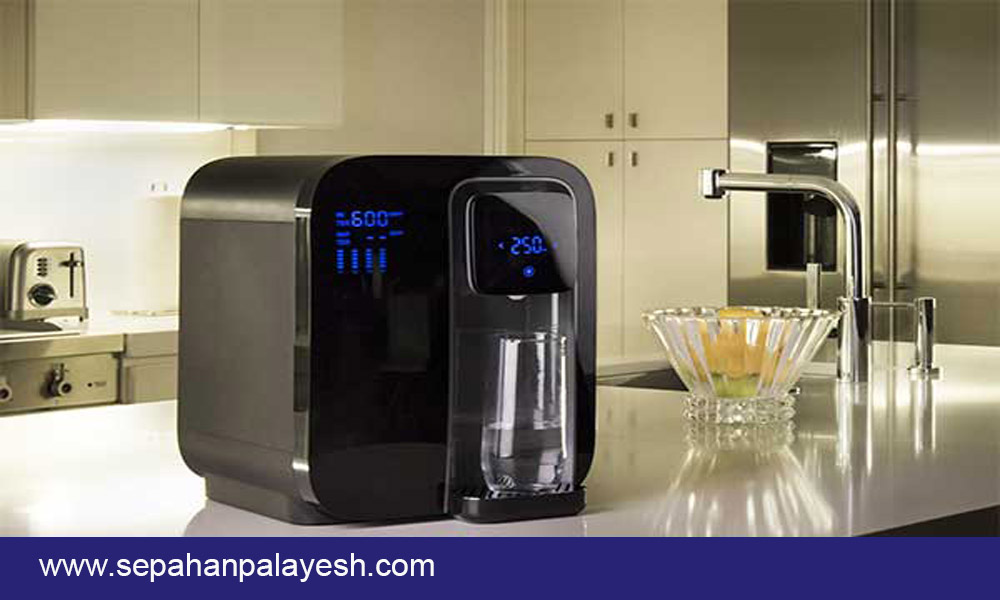Although much of the Earth’s surface is covered with water, approximately 70% of it is saline due to the saltiness of the oceans and seas, coupled with the scarcity of fresh water sources. Therefore, water scarcity remains a global dilemma and one of the principal issues facing humanity today. Hence, the urgent need to desalinate water for various industrial and domestic purposes is self-evident. The water desalination process is complex and requires specialized equipment. One such essential device is a water desalination.
What is a Water desalination?
A water desalination is a device used to separate salts such as sodium from water. Equipped with advanced filters, this device not only removes salt from water but also separates additional salts and contaminants.
How Does a Water desalination Work?
Water desalinations use two methods for salt removal:
- Reverse Osmosis (RO) Method
- Thermal (HTH) Method
We will briefly explain each method below:
Reverse Osmosis (RO) Method:
A water desalination using the reverse osmosis method employs a type of filtration with one or more thin, semi-permeable membranes. The pores in these membranes are small enough to allow water molecules to pass through but prevent larger salt molecules dissolved in water from passing. This thin membrane is called an osmotic or semi-permeable membrane, which exists naturally in living organisms.
As you know, in the phenomenon of osmosis, a dilute solution passes through a semi-permeable membrane towards a concentrated solution on the other side. However, the reverse osmosis process in these devices operates in the opposite direction of the osmotic phenomenon. The higher the pressure applied above osmotic pressure, the greater the rate of freshwater transfer through the membranes.
Some water desalination devices also use electricity to break the bonds of ions that have reacted with water, preventing them from entering the water.
Water desalinations that use the RO method are also called membrane desalinations. This method is an advanced technology widely recognized by scientific researchers worldwide.
The advantage of this method is its low energy consumption with high-voltage electricity and the challenge is the high cost of the membranes used.
Thermal (HTH) Method:
In this method, water is first heated to its boiling point to evaporate it. Then, the steam is cooled back into distilled water. Despite its simplicity, this method also has its drawbacks.
One of the problems with the thermal method is the high amount of energy required for water evaporation. The solution to this problem is the MSF (Multi-stage Flash Distillation) process. In this method, water undergoing evaporation passes through an evaporator chamber. Then, they suddenly reduce the water pressure to turn it into steam. The steam produced is separated from the water and enters the distillation unit. This method requires less energy and desalinates a large volume of water in a short period.
Types of Water desalinations:
Water desalinations can be categorized based on their applications as follows:
– Marine Water desalinations
– Industrial Water desalinations
– Household Water desalinations

